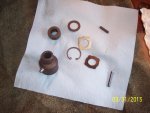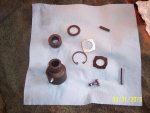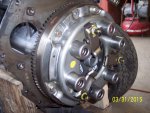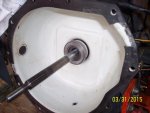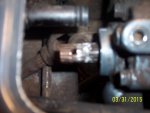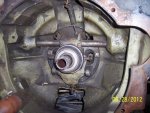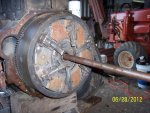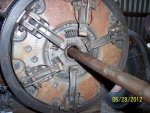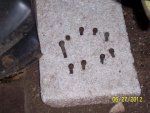Hi,
I have a B2150hst 4wd with only 650 hours. When the engine is turned off a loud clunk, sometimes 3 or 4, occur. I originally thought it was coming from the bottom end of the engine. After listening closer it sounds like its from behind the engine - trans or pto or ? Although I service and repair my own cars and motorcycles, this tractor is new to me.
The Knock/clunk can be heard at end of the videos when engine is turned off. If you hear any other interesting or not normal noises, please share your thoughts.
Ok, To add url links I need to make 5 or more posts. The youtube videos are easily found by googling "Kubota B2150HST - Knock/clunk 1" and "Kubota B2150HST - Knock/clunk 2".
Also, I plan on adjusting the valves. If someone knows the specs for cold please share.
Thank you.
I have a B2150hst 4wd with only 650 hours. When the engine is turned off a loud clunk, sometimes 3 or 4, occur. I originally thought it was coming from the bottom end of the engine. After listening closer it sounds like its from behind the engine - trans or pto or ? Although I service and repair my own cars and motorcycles, this tractor is new to me.
The Knock/clunk can be heard at end of the videos when engine is turned off. If you hear any other interesting or not normal noises, please share your thoughts.
Ok, To add url links I need to make 5 or more posts. The youtube videos are easily found by googling "Kubota B2150HST - Knock/clunk 1" and "Kubota B2150HST - Knock/clunk 2".
Also, I plan on adjusting the valves. If someone knows the specs for cold please share.
Thank you.
Last edited:




